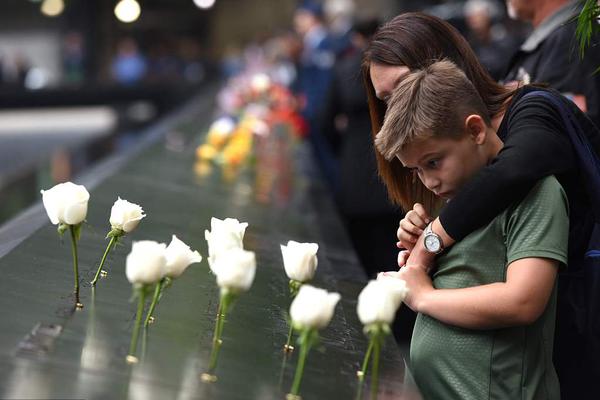【】
Space station astronaut Christina Koch snapped a photo of Tropical Storm Barry on Thursday afternoon, as the developing storm headed for the Louisiana coast and its vulnerable city New Orleans.
The National Weather Service expects the storm to grow into a Category 1 hurricane by Saturday, with winds of around 75 mph. The short-lived storm won't have a chance to develop into a Hurricane Michael-like beast with 155 mph winds, but the tempest will still bring serious threats to both southern Louisiana and Mississippi in the form of pummeling rains.
"Any hurricane that hits you is a major hurricane for you," said Mark Davis, the head of the Tulane Institute on Water Law and Policy in New Orleans. "A slow-moving, rain-producing storm can be every bit as damaging as a major hurricane."
For large parts of southern Louisiana, Barry's rainfall -- projected to range from 15 to 20 inches in some areas -- will likely bring extreme flooding.
"It's going to rain hard."
"It's going to rain hard," said Jeff Weber, a meteorologist with the University Corporation for Atmospheric Research.
"The real story is freshwater flooding," Weber added. "A foot of rain in that area can create quite a problem."
 Tropical Storm Barry on July 11, 2019.Credit: nasa / CHRISTINA H. KOCH
Tropical Storm Barry on July 11, 2019.Credit: nasa / CHRISTINA H. KOCHAn unnamed Louisiana storm in 2016, for instance, swamped towns in brown water, submerging vehicles and turning intersections into lakes. In that storm, the National Oceanic and Atmospheric Administration (NOAA) found that climate change -- which warms the atmosphere and allows the air to hold more water -- likely doubled the odds of such record-breaking rains.
The old city of New Orleans, built on a swamp and sitting well below sea level, experiences amplified problems during any tropical storm or hurricane, especially this year. The city is guarded by 20-foot tall levees, according to the Army Corps of Engineers, which protect New Orleans from the mighty Mississippi River and any surges of water pushed up the waterway by potent storms.
But this year, the Mississippi is already bloated, at some 16 feet above sea level. That's because the midwest has experienced exceptional precipitation this spring, flooding a vital Air Force base and inundating huge swaths of cropland. The last 12 months, in fact, have been the wettest on record in U.S. history.
Tweet may have been deleted
Much of that water flows through New Orleans. "The river’s been at a flood stage for months," said Davis, who lives in New Orleans. "We've been running really high water since November. That is a very unusual stretch of time."
Barry is now growing stronger. Tropical storms and hurricanes feed on warm, bathtub-like surface ocean temperatures, and Gulf of Mexico waters are at near-record warmth. The stormy, circulating air above the Gulf of Mexico is also highly disturbed, as a system of dry air from the middle of the U.S. swept down and collided with moist air in the region. This produced a lot of instability, explained Weber. "That's going to provide energy for the storm to amplify," he said.
The resulting winds will push water up the swollen Mississippi River. Though New Orleans' levee walls are 20 feet high, forecasters predict the river will crest at 19 feet, leaving just a foot to spare before water pours into the city. This projection, of course, is subject to change.
Tweet may have been deleted
Either way, heavy rains are coming, evacuations have already occurred, and the levees will be tested.
"We’re looking at a situation we’ve always known could happen," said Davis, noting the inherent challenges of living in New Orleans amid a swelling river, changing climes, and the always looming threat of potent storms.
"You need to learn to be wise and humble," he said. "You can be dealt a hand you're unable to play."
This story has been updated to reflect proper spelling of "Barry."
Featured Video For You
Ever wonder how the universe might end?
- 头条新闻
- Man stumbles upon his phone background in real life
- What the giant James Webb telescope will see that Hubble can't
- Stephen Colbert boldly jokes about SpaceX capsule's broken toilet
- Wall Street Journal subscription discount
- Photos show the Blue Cut fire blazing a path of destruction in California
- Apple appears to have fixed the Safari bug that exposes your Google account details
- 'Eternals' brings great new heroes to the MCU but leaves us wondering why
- Waze lets you change your car into the Ecto
- Mall builds real
- Just 9 wild pitches for the inevitable 'Wordle' movie
- 图片新闻
- 新闻排行榜








